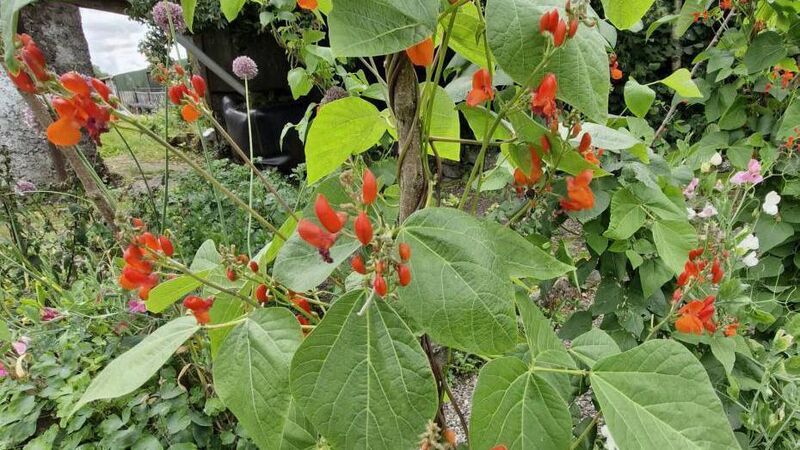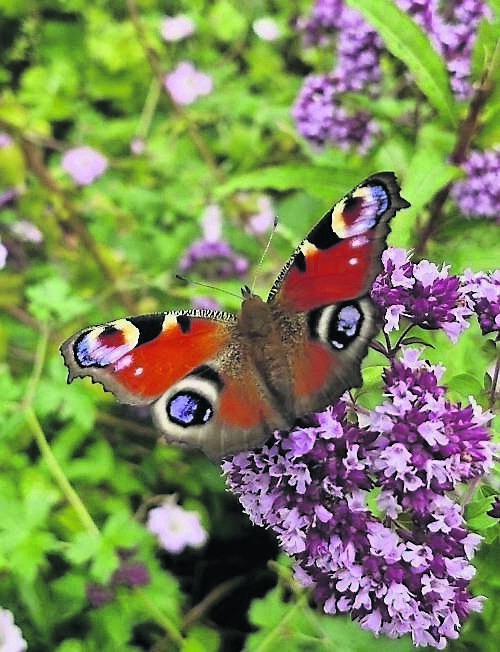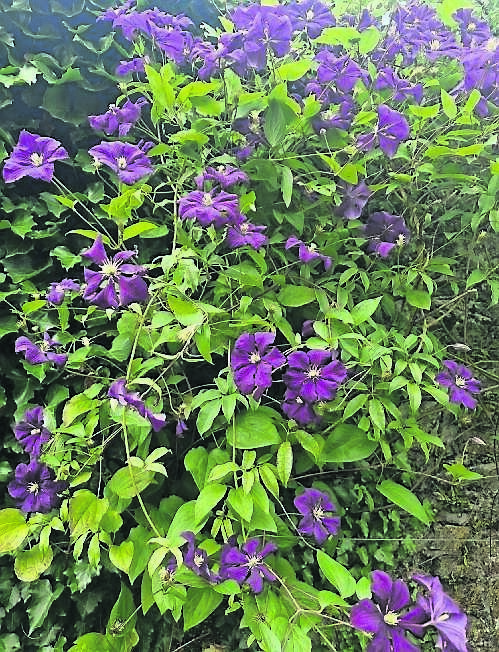In the garden: How to care for plants during a hosepipe ban

Runner Bean ‘Scarlet Emperor’ has attractive orange flowers followed by the runner bean crop, regular harvesting will ensure continuous flowering and cropping
The mellow month of August is upon us, and with it brings harvests galore! After a summer of growing, the garden is full of produce, a time of plenty.

Newly-planted trees and shrubs should be prioritised, as well as fruit and vegetables, and then plants that are in pots.

If planted deeply and mulched well, they will also manage fine once they are established.







 App?
App?





